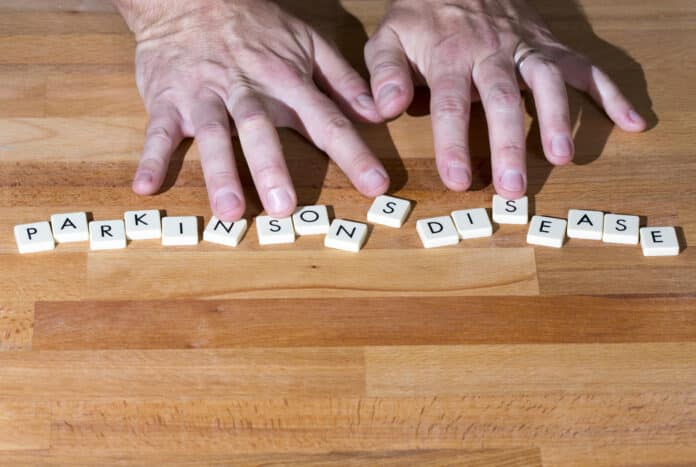
Early onset Parkinson’s disease can be a diagnosis that stirs significant concern, and this diagnosis is usually less common among patients under 50. In addition, a diagnosis of such diseases can lead to a significant decline in the quality of life of such a patient and those around them. However, you should note that Parkinson’s disease has different effects on different people, and many may only develop mild motor symptoms.
When there is an early diagnosis of Parkinson’s disease, it is likely to stem from genetic links. Therefore, this disease may also progress differently from when the condition affects older people. Being conscious of such symptoms may go a long way in helping such a person get the needed support. But what is early onset Parkinson’s disease?
The National Institute on Aging has indicated that even though the most glaring symptoms of the disease appear around 60 in 5-10% of cases, this disease can also occur before the age of 50. This is what is known as early-onset Parkinson’s disease. Also, certain people may develop the symptoms before the age of 20, and this is known as juvenile Parkinson’s disease. This has been corroborated by the American Parkinson’s Disease Association, which has stated that 10-20% of people that suffer from the disease have the early onset form of the disease, affecting between 6,000-12,000 people in the United States.
The cause of this disease has defied research, as scientists have appropriated a combination of environmental and genetic factors. 10% of the cases recorded are known to have a genetic history, with most of the patients being younger people.
However, some symptoms may quickly develop in older people than younger people. These include:
- Problems with body stability and balance
- Memory loss and even;
- Confusion.
For the above reasons, the treatment of an older person with Parkinson’s disease may differ from that of a younger person.
Signs and Symptoms
There are several significant symptoms of this disease. These symptoms result from low dopamine levels in the brain and may cause adverse effects on the movement of the person’s body, while other people may suffer nonmotor symptoms.
A 2015 research shows that the changes in the brain that lead to the disease begin to occur about six years before the symptoms appear. These symptoms include:
- Shaking movements known as tremors
- Stiffness in body parts such as arms, legs, etc.
- Slow and stiff movements etc.
Conclusion
You cannot currently cure this disease, but you can manage it through medication. These drugs will help patients ease the pain and like a better life.



















